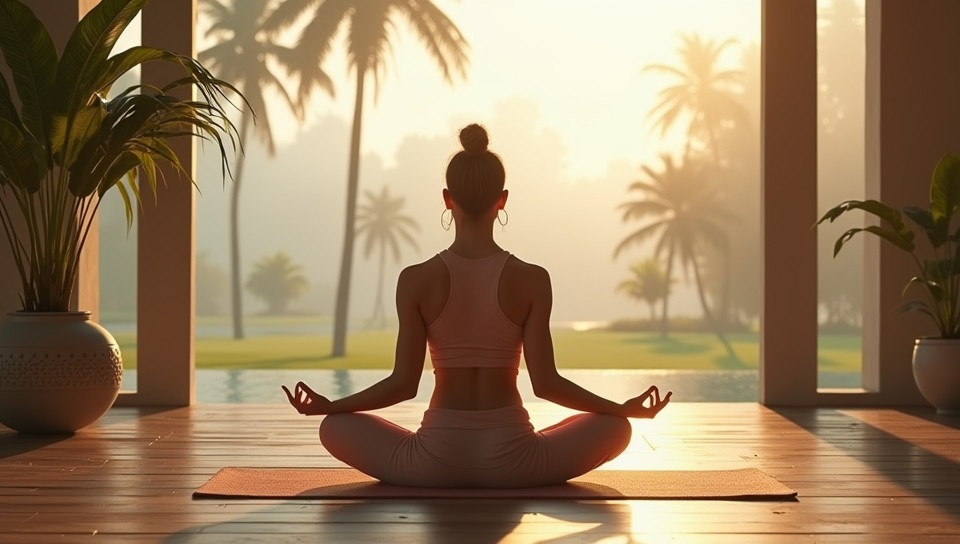Yoga can be practiced in different environments and settings 69%

Embracing Flexibility: How Yoga Can Be Practiced Anywhere
As we continue to navigate the demands of modern life, it's no wonder that yoga has become an increasingly popular practice for cultivating physical, mental, and emotional well-being. However, many people assume that yoga can only be practiced in a traditional studio setting with a qualified instructor and all the fixings. But what if you're on-the-go, living in a small space, or simply prefer to practice in nature? The truth is, yoga can be adapted to suit any environment and style.
Finding Your Practice
Whether you're a seasoned yogi or just starting out, there's no one-size-fits-all approach to practicing yoga. With a little creativity, you can bring the benefits of yoga into your daily life, regardless of where you are or what you have available. Here are some examples of different environments and settings where you can practice yoga:
- Outdoor spaces: parks, beaches, mountains
- Home studios: converted garages, spare rooms, or even a corner of your living room
- Local gyms or fitness studios: often offer yoga classes or open space for personal practice
- Community centers: many offer yoga classes or rental space for private practice
- Online platforms: numerous websites and apps offer virtual yoga classes and tutorials
Adapting Your Practice
One of the beautiful things about yoga is its ability to be adapted to any environment. Whether you're in a bustling city or a quiet forest, you can find ways to bring the principles of yoga into your practice. Here are some tips for adapting your practice to different settings:
- Use bodyweight exercises: instead of relying on props or equipment, focus on using your own weight to build strength and flexibility
- Get creative with modifications: use objects in your environment, like chairs or blocks, to support your poses
- Focus on breathwork: yoga is just as much about the breath as it is about the physical postures – find ways to incorporate breathing exercises into your practice
Conclusion
Yoga is not limited by location or circumstance. With a little creativity and flexibility, you can bring the benefits of yoga into any environment or setting. Whether you're a seasoned yogi or just starting out, remember that yoga is a journey, not a destination – it's about cultivating awareness, balance, and inner peace in every moment, regardless of where you are. So go ahead, find your own unique practice space, and see where the journey takes you!
- Created by: Maria Thomas
- Created at: Aug. 23, 2024, 10:47 p.m.
- ID: 8055
